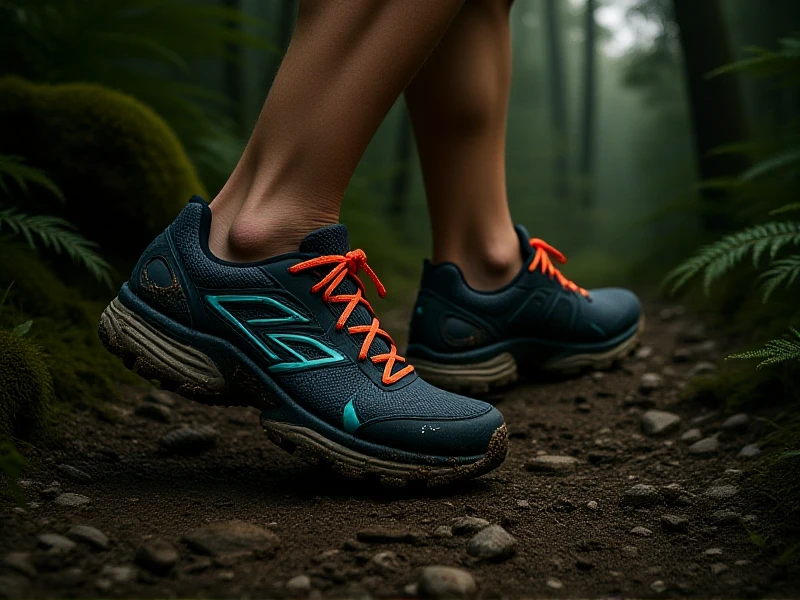
The Ultimate Guide to Choosing the Right Running Shoes for Your Best Fit & Performance
Finding the perfect pair of running shoes isn't about flashy colors or the biggest brand name; it's the cornerstone of comfort, injury prevention, and unlocking your best running potential. Every stride you take impacts your feet, ankles, knees, and hips. The right running shoes absorb that shock and propel you forward efficiently. Let's explore the essential factors to consider.
1. Fit is Fundamental (Keyword: Running Shoes Fit) Prioritize fit above all else. Visit a reputable running store late in the day when your feet are slightly swollen. Ensure about a thumb's width of space between your longest toe and the shoe's end. The heel should be snug without slipping, and the midfoot should feel secure without pressure points or pinching. Width matters – too narrow causes blisters, too wide leads to instability. Don't just rely on your usual size; brands vary.
2. Cushioning: Comfort vs. Energy Return Cushioning levels vary dramatically. Maximalist shoes offer plush softness for impact protection, ideal for longer distances or runners needing extra joint shock absorption. Moderate cushioning provides a versatile balance of comfort and responsiveness. Minimalist shoes offer ground feel and encourage a natural gait but require specific adaptation. Consider your weight, typical distance, and personal comfort preference. Newer foams provide incredible energy return without excessive weight.
3. The Drop Dilemma The "drop" is the heel-to-toe height difference (e.g., 10mm, 4mm). Traditional running shoes often have a higher drop (8-12mm), promoting a heel-strike gait. Lower drops (0-6mm) encourage a midfoot or forefoot strike. Matching drop to your natural gait and goals is crucial. Transitioning to a lower drop should be gradual to avoid injuries like Achilles strain. A moderate drop (4mm-8mm) often provides a good transition point or versatile option.
4. Understanding Stability Needs Not all feet roll efficiently. If your ankles tend to roll inward excessively (overpronation), especially noticeable in worn-out shoes, stability or motion control features can help correct alignment and reduce injury risk. These feature denser foam on the inner edge or guidance systems. Neutral runners without significant overpronation benefit from neutral shoes offering maximum cushioning flexibility. Video gait analysis at a specialist store provides invaluable insight.
5. Durability & Terrain Consider your running surface. Road running shoes prioritize cushioning and lightweight construction for hard pavement. Trail running shoes offer aggressive lugs for grip on uneven terrain, plus protective rock plates and enhanced durability. Mixed terrain? Hybrid options exist. Look for durable outsole rubber compounds. Most quality running shoes last 300-500 miles before losing support and cushion.
6. Style That Sticks While performance reigns supreme, feeling confident matters. With countless designs available from trusted brands like Brooks, ASICS, New Balance, Saucony, Nike, and Hoka, you can find running shoes that match your personal style without sacrificing function. Mesh uppers dominate for excellent breathability and lightweight comfort.
Choosing running shoes is a personal investment in your health and passion. Focus on fit, feel, and function specific to your unique stride and goals. Visit experts, try on multiple pairs, and trust how they feel during a jog around the store. Your perfect run starts from the ground up. Discover your fit in-store today!